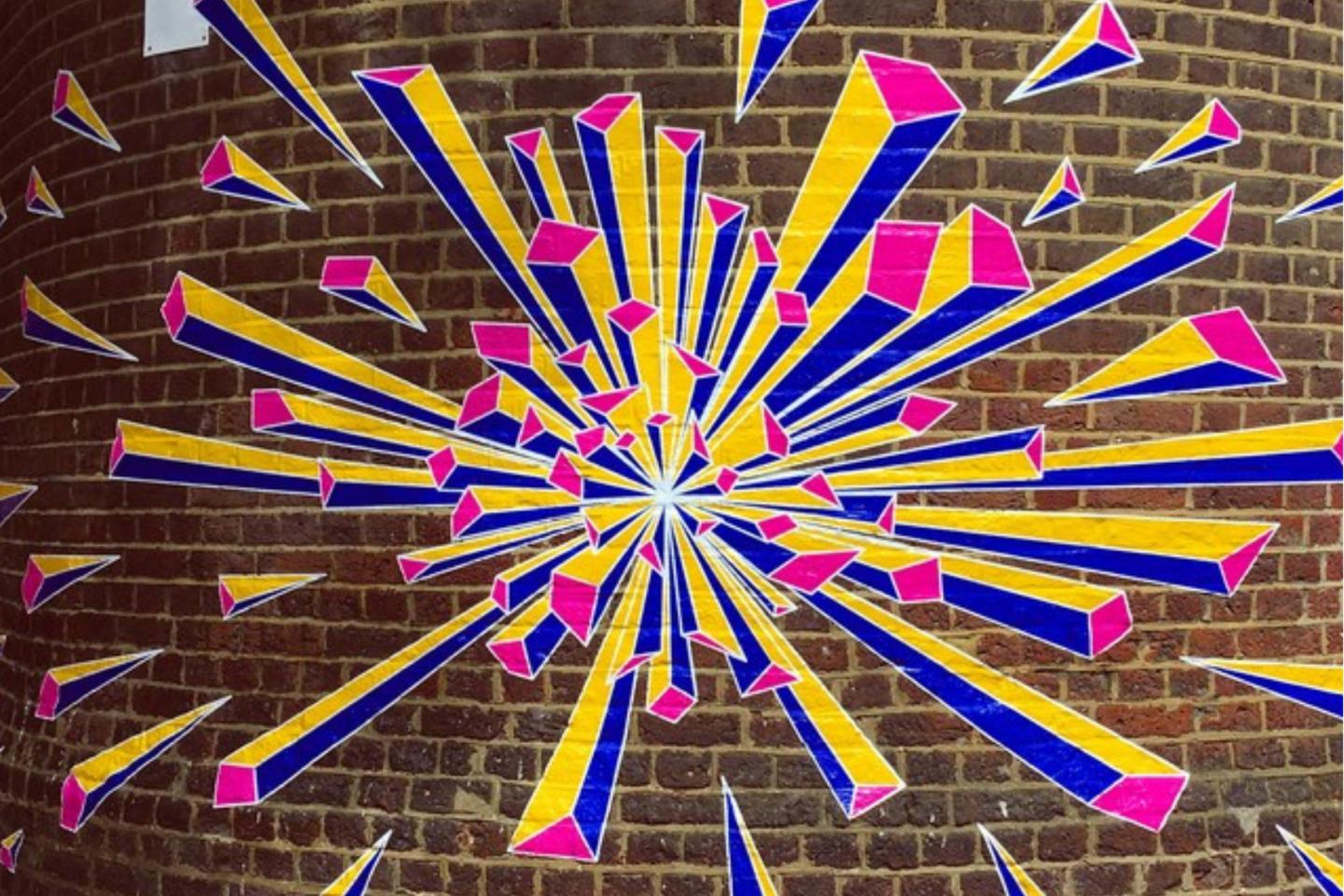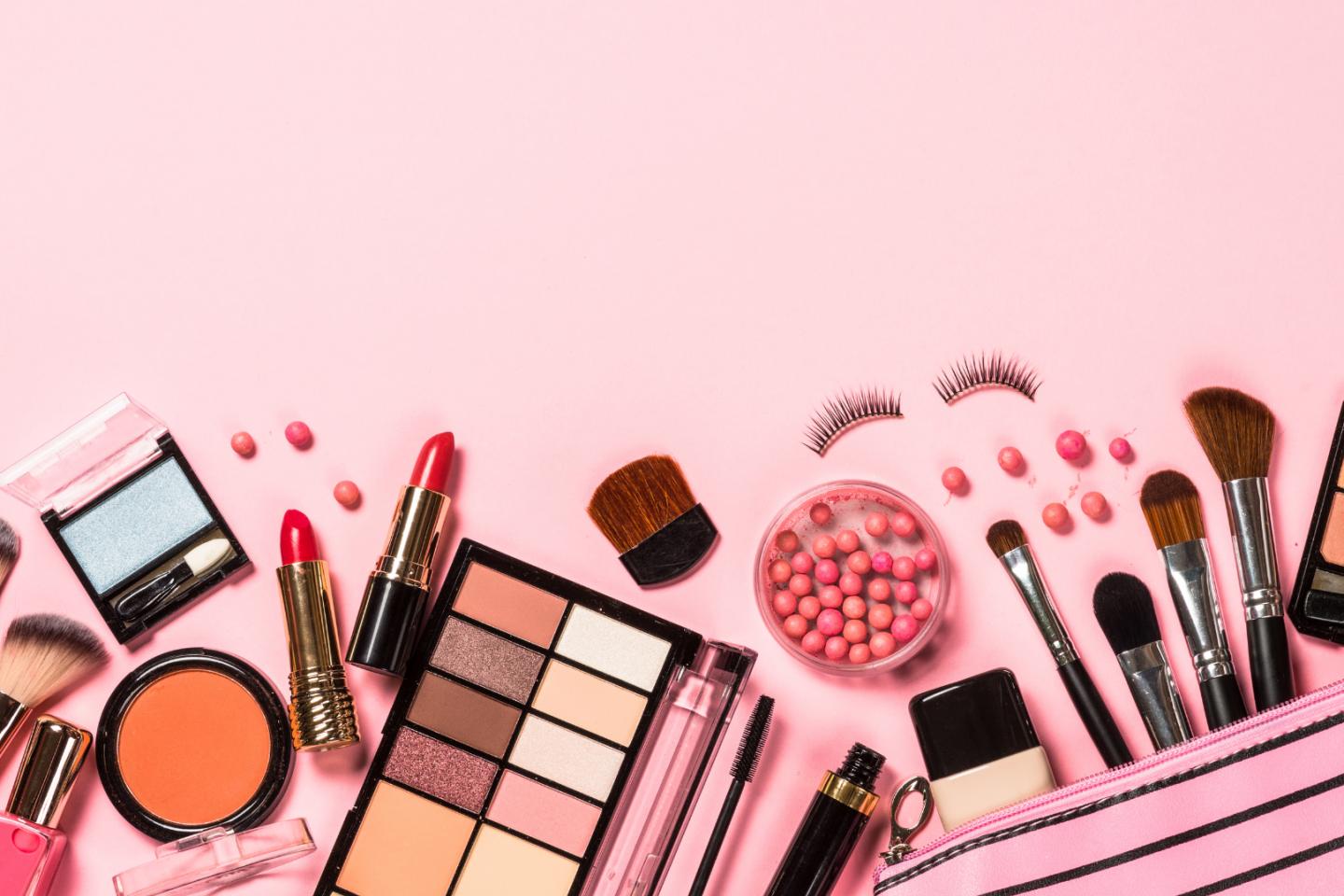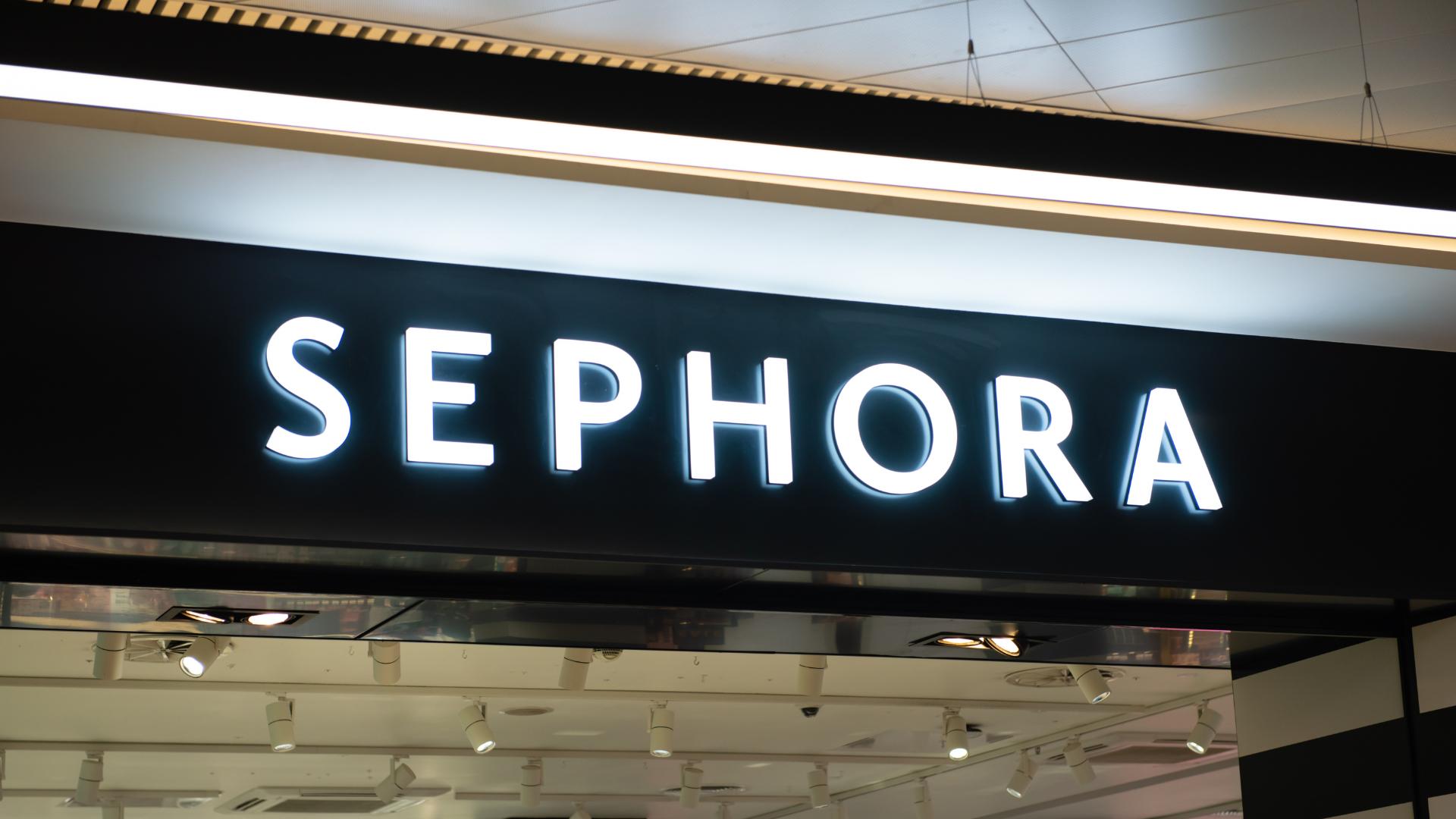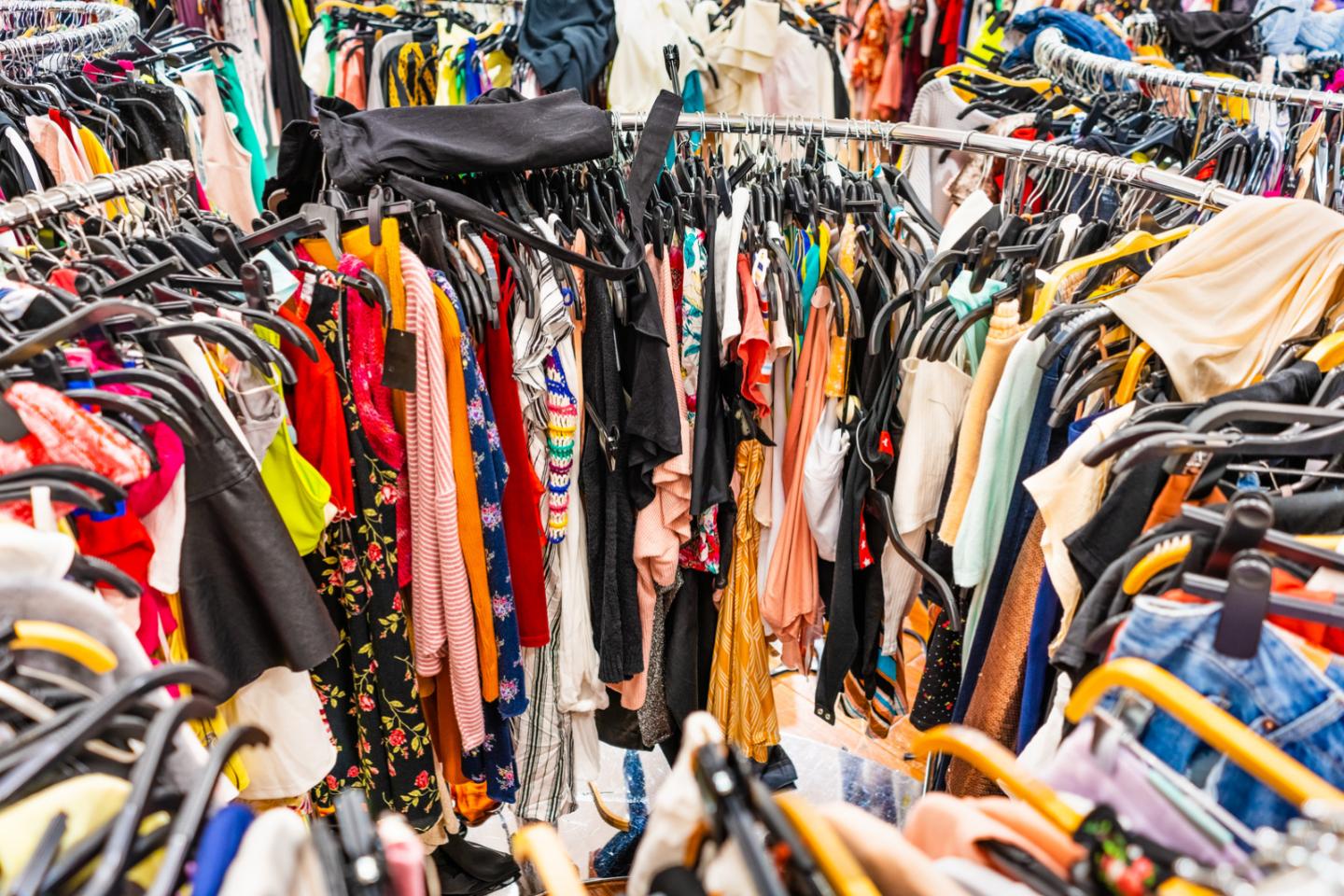The Upwards Trajectory Of The Cosmetics Industry
The cosmetics industry is primed & ready for significant growth in the next few years.
The entire sector has experienced a solid recovery since the turbulence of the COVID pandemic, and since then, the market has been making huge strides across the globe. In 2022, the industry generated a mind-blowing $430bn in revenue - and it’s not showing any signs of slowing down.
Each of the four main cosmetics categories (i.e. fragrance, makeup, haircare, skincare) is expected to enjoy considerable year-on-year growth, with makeup predicted to bounce back particularly strongly.
So why is the future looking so incredibly bright for the cosmetics sector? And which market trends are fuelling growth for beauty brands all over the world?
In this post, we’ll be taking a look at some of the key factors contributing to the remarkable trajectory of the cosmetics industry - and highlighting a few brands that are ready to capitalise on this growth.
1. The post-COVID rebound
The COVID pandemic caused serious complications for industries around the globe. However, while the cosmetics sector undoubtedly faced its fair share of challenges, some unique consumer trends also emerged from the situation.
For one thing, many customers realised the importance of self-care and healthy long-term habits during lockdown, which strengthened the appeal of beauty products. In the US, for example, premium skincare sales surged by 42% during the first half of 2020.
On top of this, a large number of shoppers also felt like treating themselves to ‘luxury’ products after the pandemic, which presented another golden opportunity for cosmetics brands.
Although COVID was a tumultuous time for the cosmetics market, it also drove major changes in customer behaviours that may prove to be beneficial in the long run.
2. Increasing competition from challenger brands
Intensifying competition between established cosmetics brands and ambitious challengers is also boosting the overall growth of the category.
For example, Revolution Beauty (founded in 2014) has positioned itself as a rebellious brand pushing back against an industry ‘controlled by a few major goliaths’. REFY has cornered the market on ‘simplified’ beauty products, while Charlotte Tilbury has focused on confidence-boosting makeup and skincare.
These rising businesses have each carved out a unique space in the beauty sector for their offerings, and have achieved massive success as a result. Competition is a key ingredient in market growth, and there’s no shortage of it in the cosmetics industry!
3. A rapidly diversifying market
The cosmetics market is constantly expanding in both the physical and digital worlds - there are now more brands, products, and consumer touchpoints than ever before. This is enabling the industry to scale up remarkably quickly, as customers are spoiled for choice when it comes to shopping options.
For instance, the lines between different product categories are blurring fast.
Beauty is no longer just restricted to cosmetics, but also encompasses personal care and skincare products too, and many businesses are offering a vast range of goods across these categories.
A broad spectrum of price points is also now available to beauty shoppers.
While luxury cosmetics products may previously have received the most attention, businesses like ALDI are now producing their own affordable equivalents to popular makeup/haircare products - and they’re flying off the shelves.
Last, but not least, is the impact of the e-commerce revolution. Whether customers want to test out products in-store or order goods online for next-day delivery, they have the freedom to shop however they want, meaning cosmetics have never been easier to buy.
The cosmetics market is evolving and diversifying at lightning speed. Consumers have more options than ever before, and businesses that can adapt to these rapid changes and new opportunities will likely find themselves driving growth.
4. The rise of sustainable beauty products
The surging popularity of sustainable products has impacted a number of global industries, and cosmetics is no exception.
Consumers are keen to shop with eco-conscious brands and purchase environmentally-friendly goods, which has opened up a hugely profitable niche within the beauty market. In fact, research suggests that the vegan cosmetics market could be worth $28.6bn by 2032, while sales of organic/natural beauty products increased by almost 7% in 2022.
The demand for sustainable beauty products is only going to increase in future, which means this sub-sector will inevitably continue to attract new customers and generate significant revenue.
It’s also worth noting the rise of B-Corp brands in the beauty industry. The B-Corp certification acknowledges businesses that are genuinely committed to social & environmental good, and customers are becoming more familiar with this designation.
Having achieved our own B-Corp status at Harmonic, we understand the hard work and dedication that goes into earning the certification, and B-Corp-certified beauty brands will be in a fantastic position to attract new customers looking for socially responsible products.
5. The impact of influencer marketing
Influencer marketing has exploded in popularity in recent years, and many beauty brands are utilising this medium to connect with potential shoppers.
Influencers can help cosmetics advertisers achieve staggering reach on social media, meaning they can unlock new customer audiences and explore new revenue opportunities. This is particularly useful on platforms like TikTok, where beauty brands can engage Gen Z at scale to attract younger buyers.
The UGC (User Generated Content) aspect of influencer marketing is also extremely valuable for cosmetics brands. Influencer content tends to feel more authentic and trustworthy, and creators often share glowing reviews of beauty products that can lead to huge spikes in sales.
As more and more beauty advertisers harness the power of influencer marketing, they’ll continue to discover profitable new audiences and drive sales through social media.
6. The mass appeal of ‘one-stop-shops’
As the cosmetics industry changes alongside consumer preferences, beauty brands are adjusting their business models to maximise sales. The concept of a ‘one-stop-shop’ is becoming increasingly popular among customers, as it allows them to find all of their desired health, beauty, and cosmetics products under one roof.
Unsurprisingly, this amalgamation of products is helping to speed up the overall growth of the industry.
Below are a few examples of cosmetics brands that have successfully launched a ‘one-stop-shop’ offering in the market:
- LOOKFANTASTIC: LOOKFANTASTIC is the number one online premium beauty store in Europe, and carries more than 22,000 products across skincare, makeup, haircare, and fragrances.
- Cult Beauty: Cult Beauty is a highly successful e-commerce brand that offers a vast range of products, from cutting-edge skincare treatments to traditional remedies.
- Sephora: Sephora is one of the best-known cosmetics retailers on the planet, stocking a mind-blowing number of products across various categories.
- MECCA: MECCA combines a convenient e-commerce offering with 108 physical stores across Australia/New Zealand, selling products from more than 150 brands.
The global cosmetics sector is set to achieve unprecedented growth in the coming years, and it’s easy to see why. A range of factors are contributing to the market expansion, from product availability to consumer behaviours and brand diversification.
We can’t wait to see what’s in store for this fast-moving industry - and for the ambitious brands that are constantly seeking out new product innovations and solutions!
If you would like to discuss potential hires for your team within the Beauty/Cosmetics or Consumer Goods space, please get in touch with Charlotte on [email protected]






